Talking Books with Milton Brasher-Cunningham Author of The Color of Together: Mixed Metaphors of Connectedness @miltybc #Interview
Milton Brasher-Cunningham was born in Texas, grew up in Africa, and has spent the last thirty years in New England and North Carolina. He is an ordained minister in the United Church of Christ, and has worked as a high school English teacher, a professional chef, a trainer for Apple, and is now an editor. He is the author of three books, Keeping the Feast: Metaphors for the Meal, This Must Be the Place: Reflections on Home, and his latest, The Color of Together.
He loves the Boston Red Sox, his mini schnauzers, handmade music, and feeding people. He lives in Guilford, Connecticut, with Ginger, his wife, and their three Schnauzers. He writes regularly at donteatalone.com.
Website: https://www.torchflamebooks.com/milton-brasher-cunningham
Blog: www.donteatalone.com
Twitter: http://www.twitter.com/miltybc
Facebook: http://www.facebook.com/milton.brashercunningham
Goodreads: https://www.goodreads.com/author/show/5863259.Milton_Brasher_Cunningham
Welcome to The Writer's Life! Now that your book has been published, we’d love to find out more about the process. Can we begin by having you take us at the beginning? When did you come up with the idea to write your book?
This book started as a grief book. When my father died in the summer of 2013, I experienced grief in a way I had never known. I understood, experientially, what I had only known from a distance as I walked with others through the loss of their parents. My first impulse was to call those friends whose fathers had died before mine and say, “I’m sorry. I had no idea this is how it felt. I meant well; I just had no idea.”
I began looking for words to describe what I was feeling. I read voraciously any account I could find of someone’s journey with grief. I didn’t need them to articulate stages—I had learned those in pastoral care classes—neither did I need a plan on how to get through the grief. Somehow, that didn’t make sense. I somehow knew grief wasn't something I was going to get through. As one fatherless friend said, grief is something we learn to move around in. What I needed were stories. Personal accounts. I needed voices to sing the ancient melody I could feel aching in my heart. Though what I was feeling was new to me, the books I read and the conversations I had made me realized none of it was new. I could see I was walking a well-traveled road. The realization was both comforting and disquieting. On the one hand, I was not alone; on the other, I was not unique. If I was going to give voice to my experience, I didn't want to come across as Christopher Columbus, claiming to discover a land that was already populated. I was not discovering anything. I was exploring: seeing what I had not seen.
I don’t remember how long it was after Dad died that I had a conversation with a friend and was trying to articulate what was I was feeling and learning. “The biggest thing I’ve realized,” I said, “is that grief is a primary color. It’s not something other than life. It is a core element.” I had begun to see that I had known grief most all of my life because I had known loss and change on a consistent basis; what I had not known was what it felt like for my father to die, and with him all those things done and undone that were a part of what it meant to be family.
“That means grief is not black,” my friend replied. “Primary colors are red, blue, and yellow.”
His words sent me on a journey researching not only color as a metaphor, but also other ways to talk about our shared experiences of life and loss. The book ended up with four main metaphors—color, music, punctuation, and food—all of which are things that matter to me.
Who
is your publisher and how did you find them or did you self-publish?
Light Messages in Durham, North Carolina published my book. They are a wonderful independent press who publish a wide variety of things and support their authors enthusiastically. I found them because one of the owners, Elizabeth Turnbull, is a friend. We first got to know each other through our connections in the Durham restaurant community and then I found out she and her family had an independent press. When it came time to publish The Color of Together I thought we might be a good fit. She did too.
Is
there anything that surprised you about getting your first book published?
This is my third book, but one of the things that surprised me about my first book is how long it takes to get from turning in the manuscript to holding a book in your hand. I had way more work to do after I “finished” my book than I realized!
Do you believe a book cover plays an important
role in the selling process?
I think people do judge books by their covers, and particularly the front cover in the age of online shopping. No one reads back covers much anymore. I am fortunate to have a dear friend who is a graphic designer, Paul Soupiset, who created a great cover.
What
other books are you working on and when will they be published?
I have an idea for a collection of poetry pulled from pieces I have written over a number of years, but the idea I like best is a book idea I got from an Anne Lamott quote where she says there used to be a Welcome Book that got lost and new we have to write it ourselves. I want to write The Book of Welcome. I have no idea when they will be published—or when I will finish writing them.
What’s
one fact about your book that would surprise people?
Because I am an ordained minister (among other things), my book gets classified as a “Christian” book on grief. Though I do talk about my faith, I think people will find ways to connect with what I am saying regardless of their faith perspective. So far, that is the feedback I have gotten from people all over the religious and nonreligious map.
Finally,
what message are you trying to get across with your book?
I started off trying to write a book on grief—on loss—and ended up discovering that grief is one of the main things that connects us to one another. The only way we live with all we have lost is to carry the load together.
Thank
you again for this interview! Do you
have any final words?
Thank you for being willing to listen.
The Color of Together begins with the primary colors of life–grief, grace, and gratitude–and enlarges the palette to talk about the work of art that is our life together in these days. The idea for the book began with understanding that grief is not something we get over or work through, but something we learn to move around in–something that colors our lives. Grace is the other given. Gratitude is the response to both that offers the possibility of both healing and hope.
“Locating ourselves in the adventure of life requires reliable tools for exploration. Milton Brasher-Cunningham gives us finely-tuned metaphorical gyroscopes to navigate our way with God, others and even ourselves. The Color of Together will help us find our place again and again along the way.” ~ Rev. Dr. George A. Mason, President, Faith Commons, Dallas, Texas.
“In his beautiful new book, Milton Brasher-Cunningham shares arresting thoughts on grief, grace, and gratitude. He claims that we are all shaped by our sorrows and generously tells his own stories of loss. All the while, he leads us toward hope. The Color of Together is both poetic and instructive, relatable and deeply philosophical. It awakened my heart to read this book; I hope it will do the same for you.” –Jennifer Grant, author of A Little Blue Bottle
Amazon → https://amzn.to/30Urxsj
Barnes & Noble → https://bit.ly/3jZ8OD6























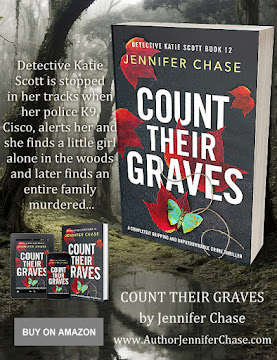































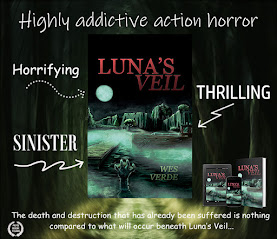
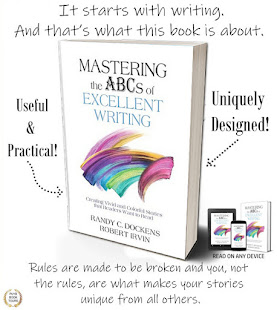

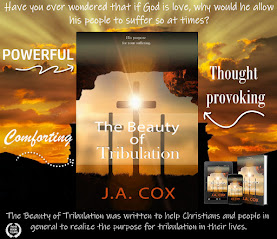













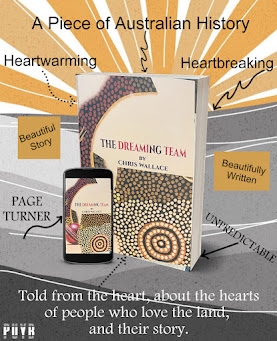

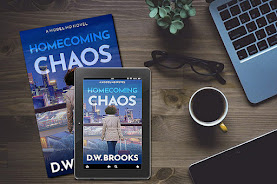


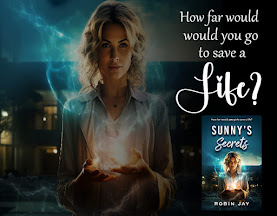












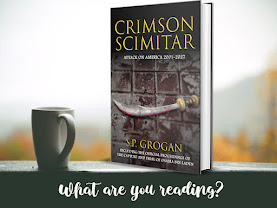


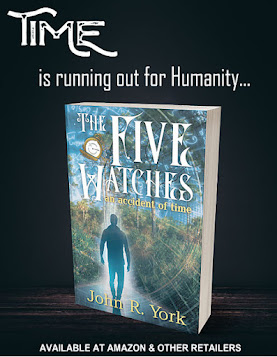

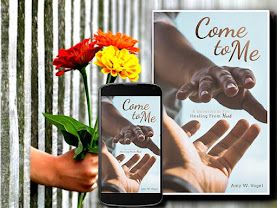



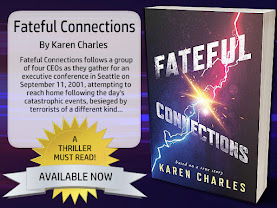


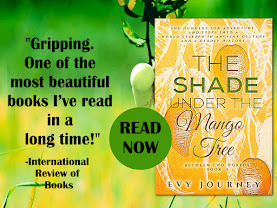

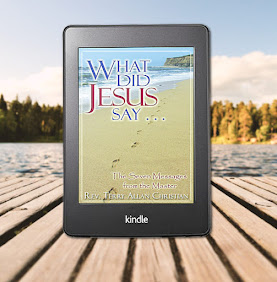

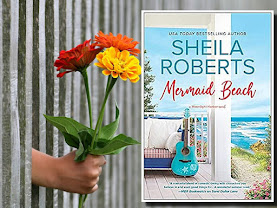




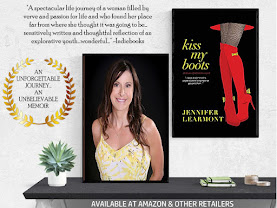
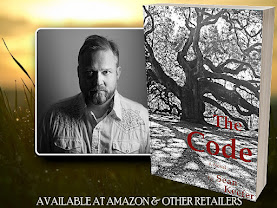



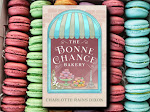



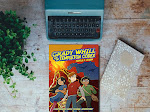







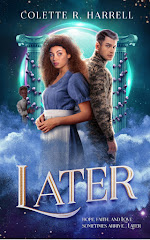
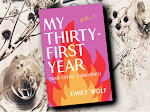
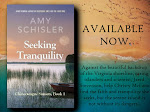


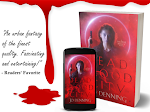


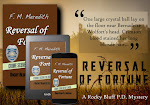

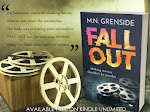


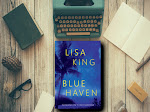




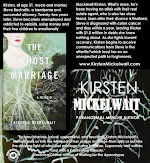






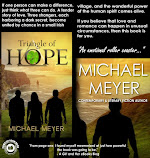
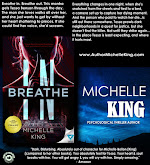
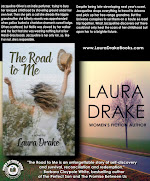


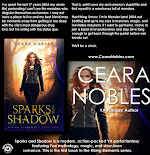


























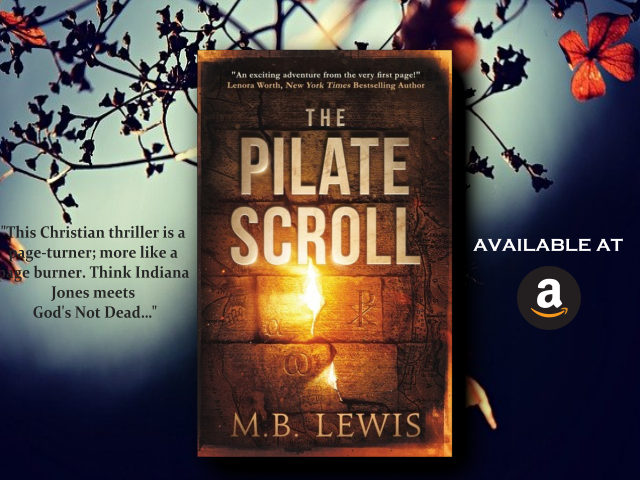













Leave a Comment